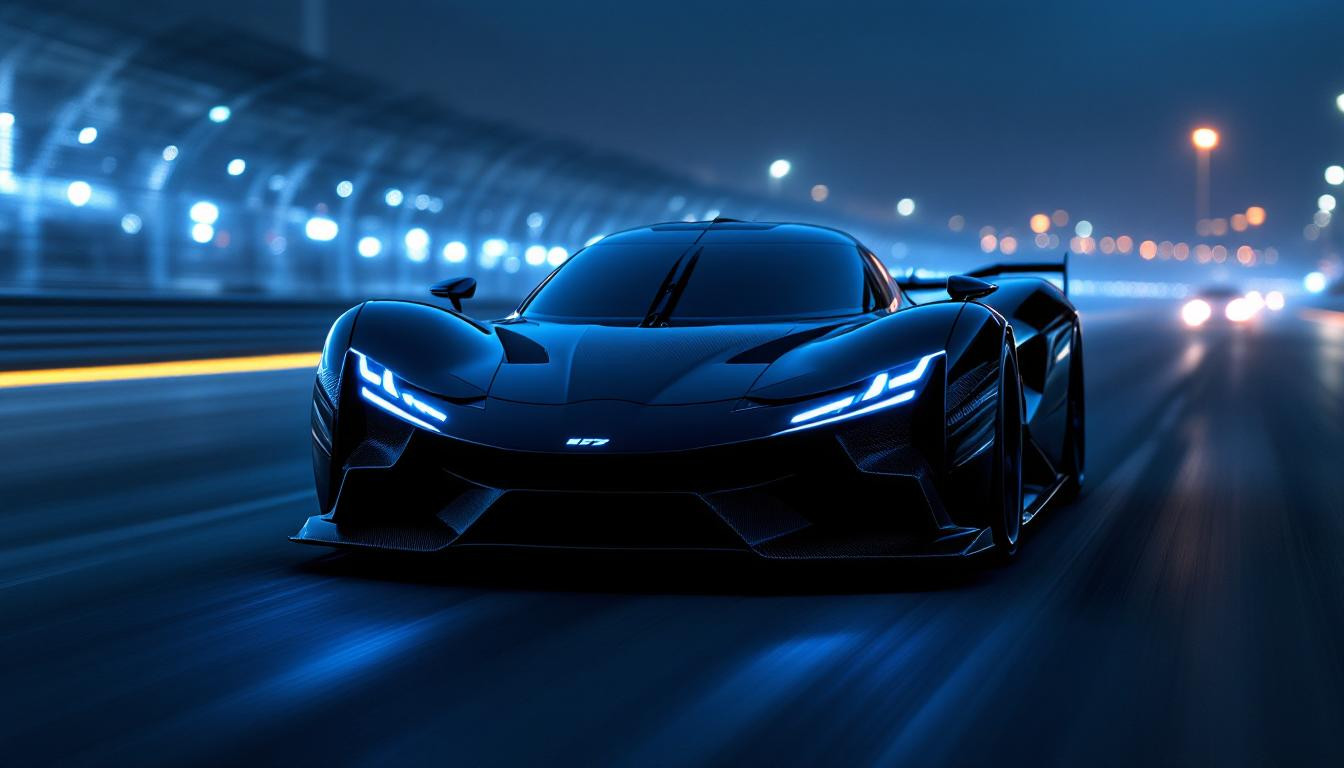In the scorching spring heat of May 2025, a Chinese technology upstart has achieved what many automotive experts deemed impossible just three years ago. Xiaomi, once known primarily for smartphones and smart home devices, has engineered a stunning market disruption with its SU7 electric sedan, outpacing established automotive giants in the increasingly competitive EV landscape.
How a tech company leapfrogged century-old automakers
The numbers tell a remarkable story: Xiaomi delivered over 200,000 SU7 units by March 2025, surpassing the combined EV sales of Ford and General Motors in the Chinese market. This achievement becomes even more impressive considering this is Xiaomi’s first-ever automotive product.
“Xiaomi’s innovative approach to car manufacturing represents a fundamental shift in how we think about mobility products,” explains Dr. Wei Chang, automotive industry analyst. “They’ve applied their consumer electronics development cycle to cars, iterating faster than traditional automakers could respond.”
Technical prowess that embarrasses legacy brands
The SU7 Ultra variant stands as Xiaomi’s technological flagship, boasting specifications that eclipse vehicles costing twice as much:
- Triple-motor configuration delivering a mind-bending 1,548 horsepower
- 0-60 mph acceleration in just 1.98 seconds (without rollout)
- Top speed of 217 mph with track-focused aerodynamics
- CATL battery charging from 10-80% in approximately 11 minutes
“What Xiaomi has accomplished with thermal management is revolutionary,” states Thomas Miller, EV powertrain engineer. “Their quadruple-layer cooling system is like having a Formula 1 car’s cooling capability in a production vehicle. Traditional manufacturers are scrambling to catch up.”
The price advantage disrupting the market
While the Ultra version targets performance enthusiasts at around $75,000, the standard SU7 starts at approximately $30,000, delivering 700km (435 miles) of range – significantly undercutting similarly-capable competitors.
This aggressive pricing strategy parallels smartphone tactics where hardware margins are traded for ecosystem engagement, creating a charging infrastructure advantage that legacy automakers struggle to match.
Vertical integration: The Xiaomi advantage
Unlike traditional car companies outsourcing software development, Xiaomi leverages its HyperOS platform across both vehicles and smart devices, creating an ecosystem that functions like a “smartphone on wheels.”
- Seamless integration with Xiaomi wearables and home products
- Monthly over-the-air updates enhancing features
- AI-powered voice assistant with vehicle function control
The road ahead: Global expansion?
With the Chinese market conquered, Xiaomi appears poised for international expansion. The SU7’s impressive performance metrics and technological integration provide strong foundations for competing globally.
“Traditional automakers face an existential challenge,” warns automotive futurist Elena Rodriguez. “Companies like Xiaomi approach vehicles as technology platforms first, cars second – that fundamentally changes product development cycles and customer expectations.”
What this means for the automotive industry
Xiaomi’s success represents more than just another competitor – it signals a paradigm shift where software expertise may ultimately prove more valuable than century-old manufacturing heritage. As summer 2025 approaches, Ford and GM executives are undoubtedly reassessing their EV strategies in response to this unexpected market disruption.
For consumers, this technological battle translates to better vehicles at lower prices. The question remains: can traditional automakers adapt quickly enough, or will tech companies become the dominant automotive players of tomorrow?
